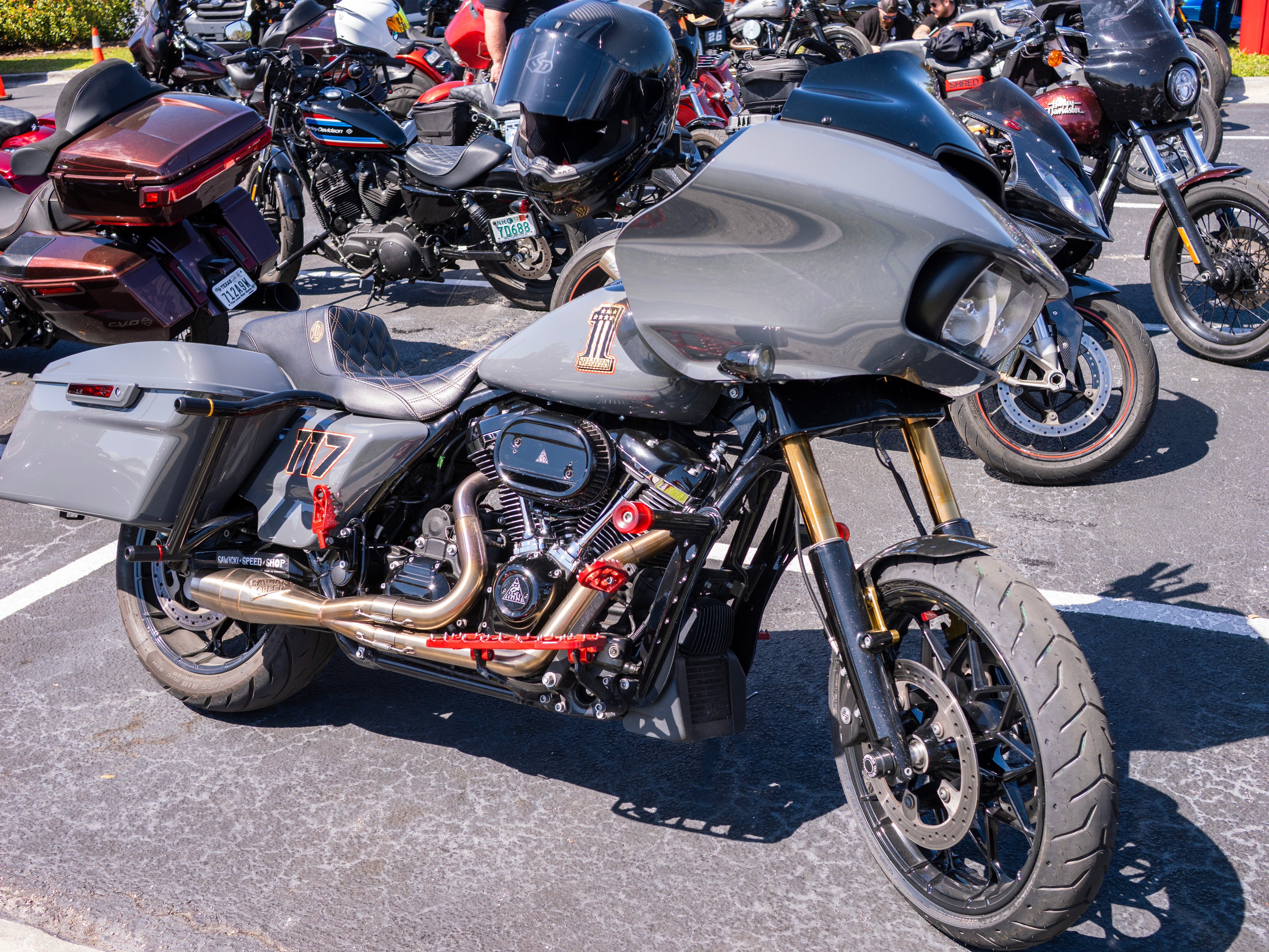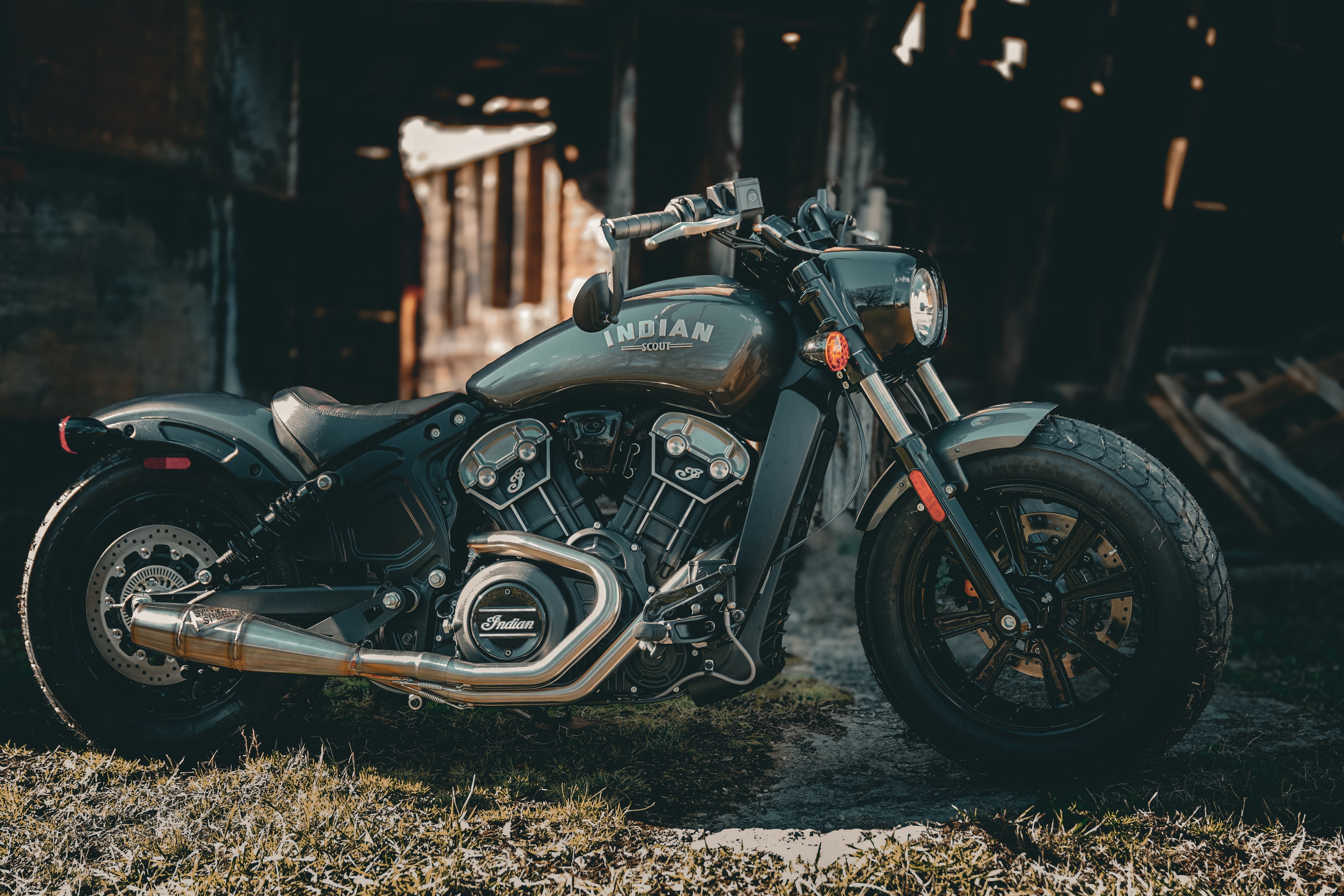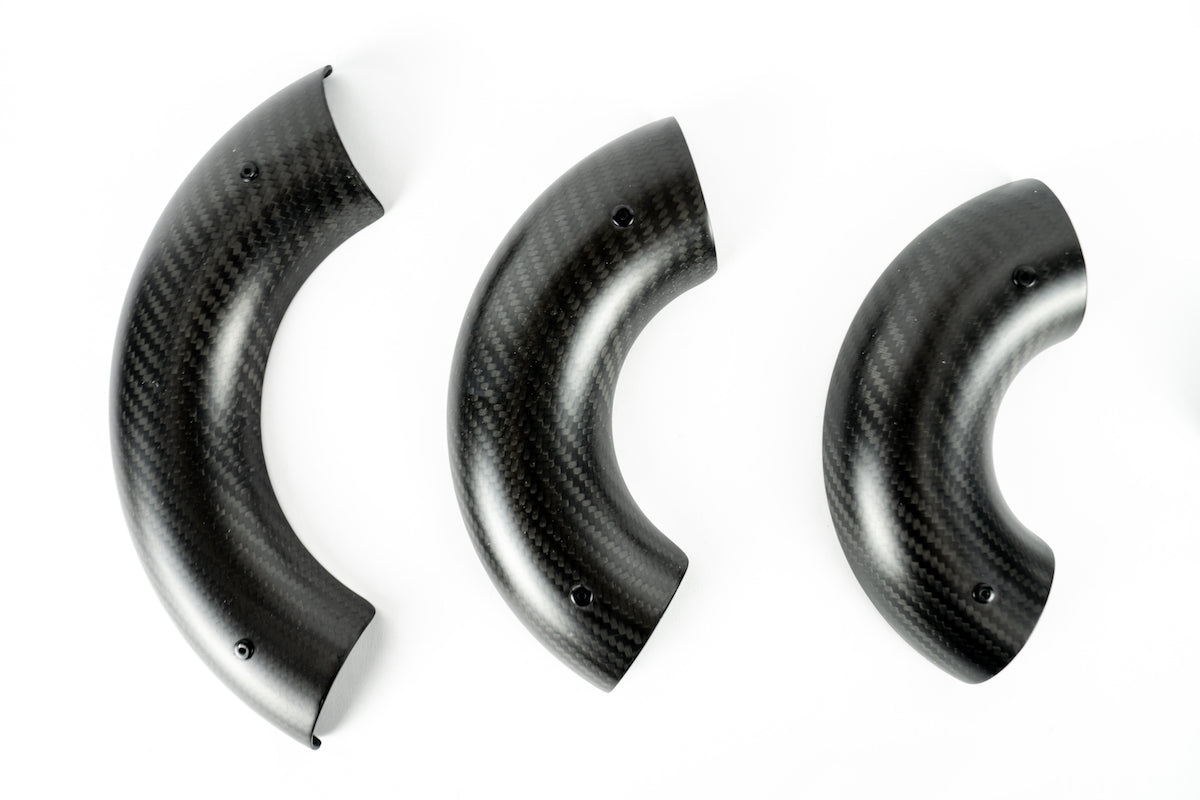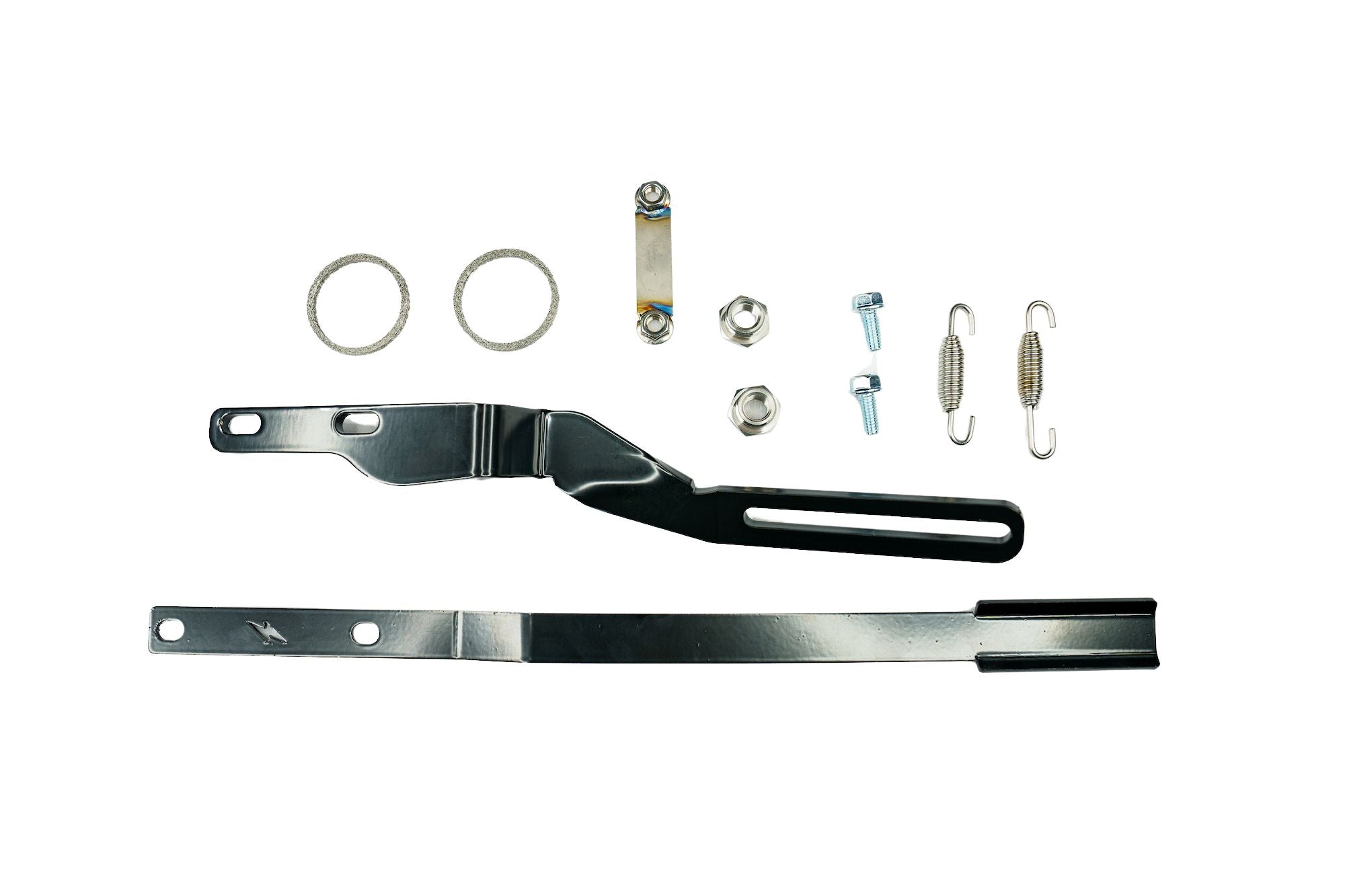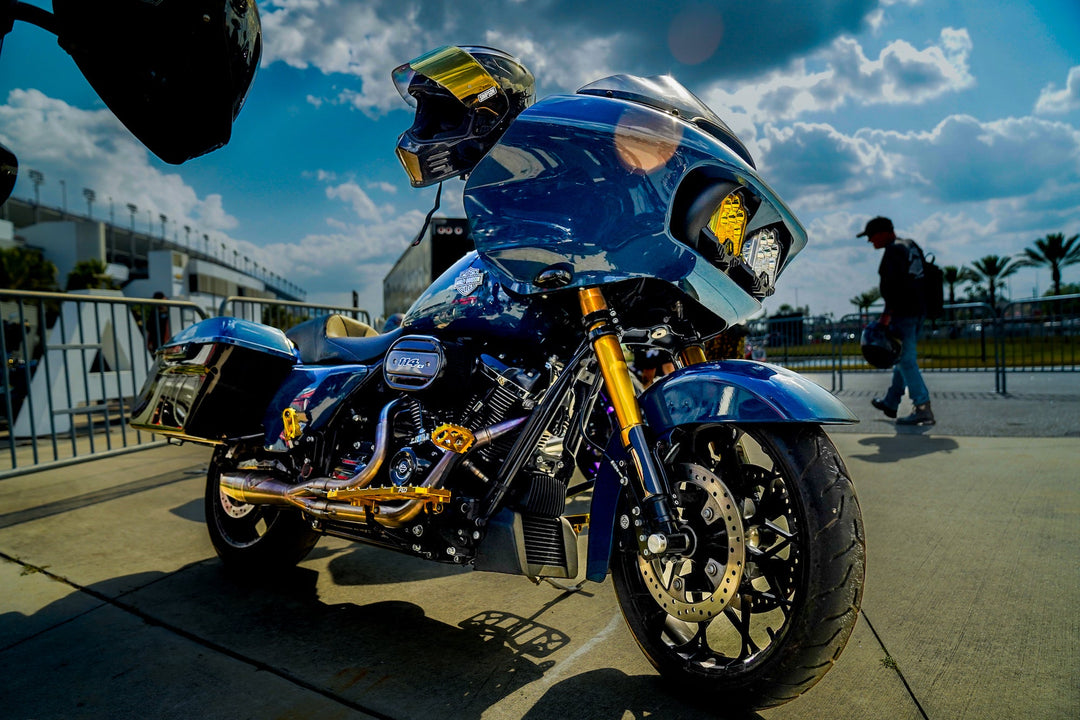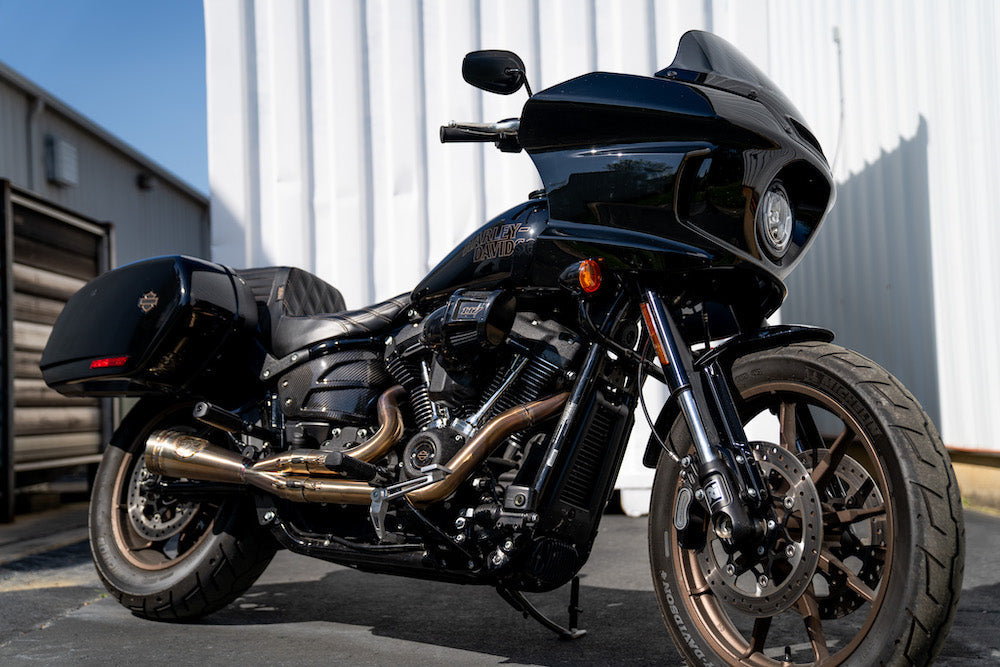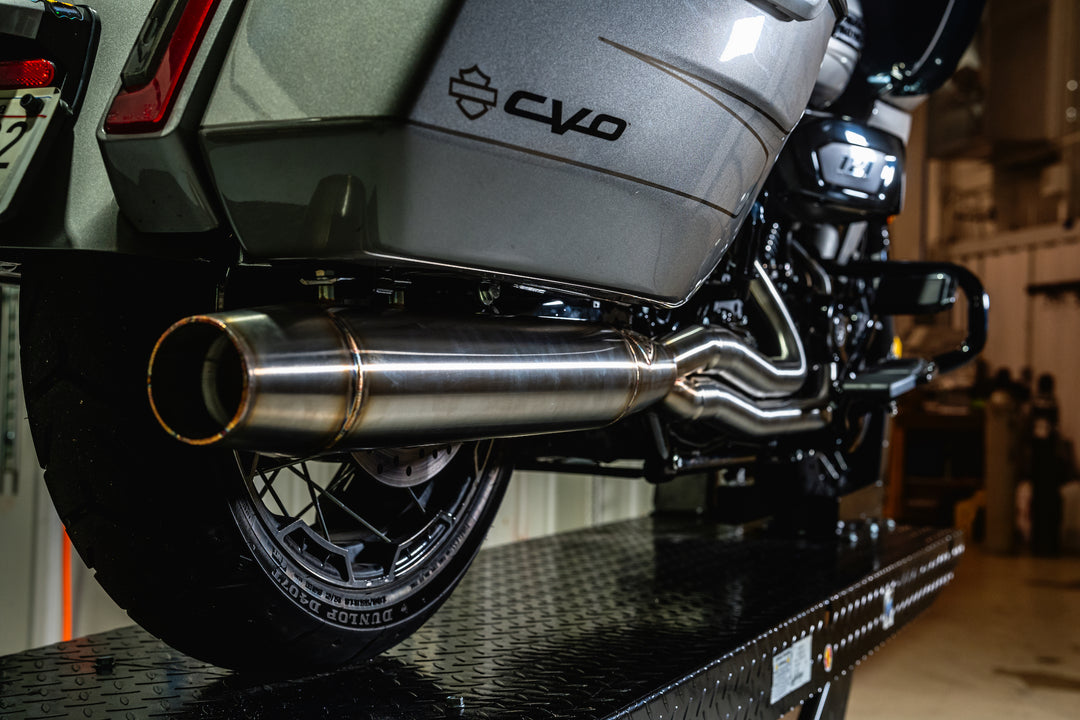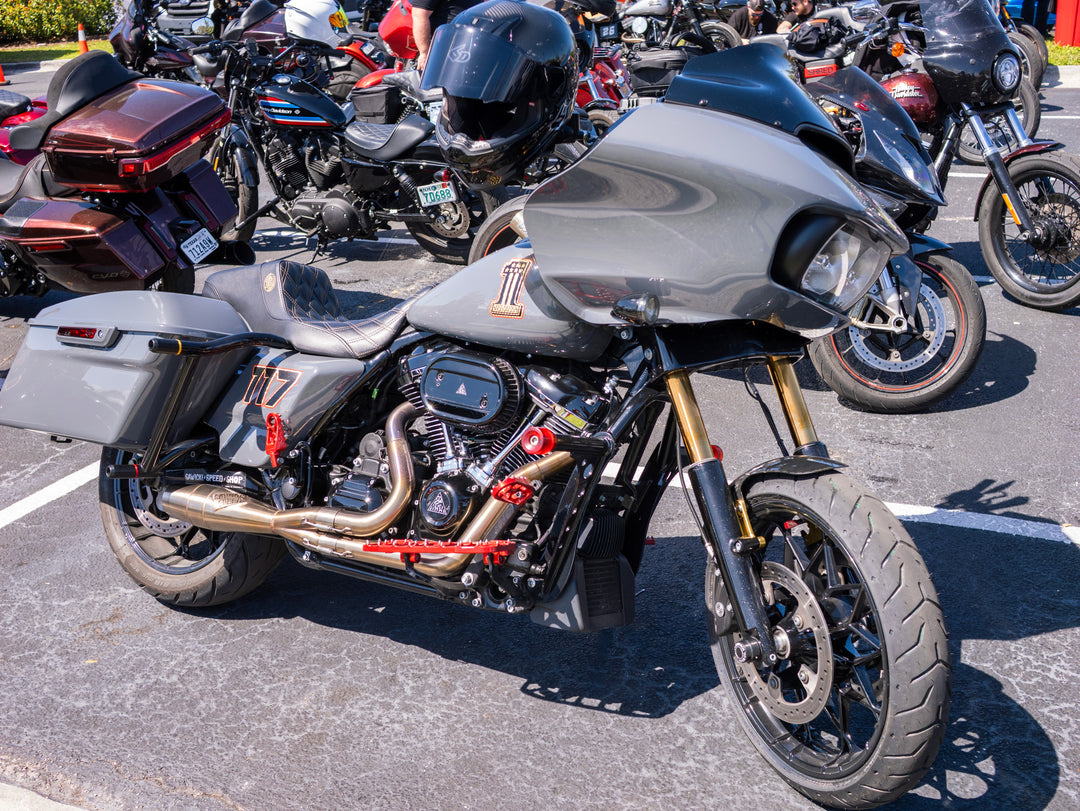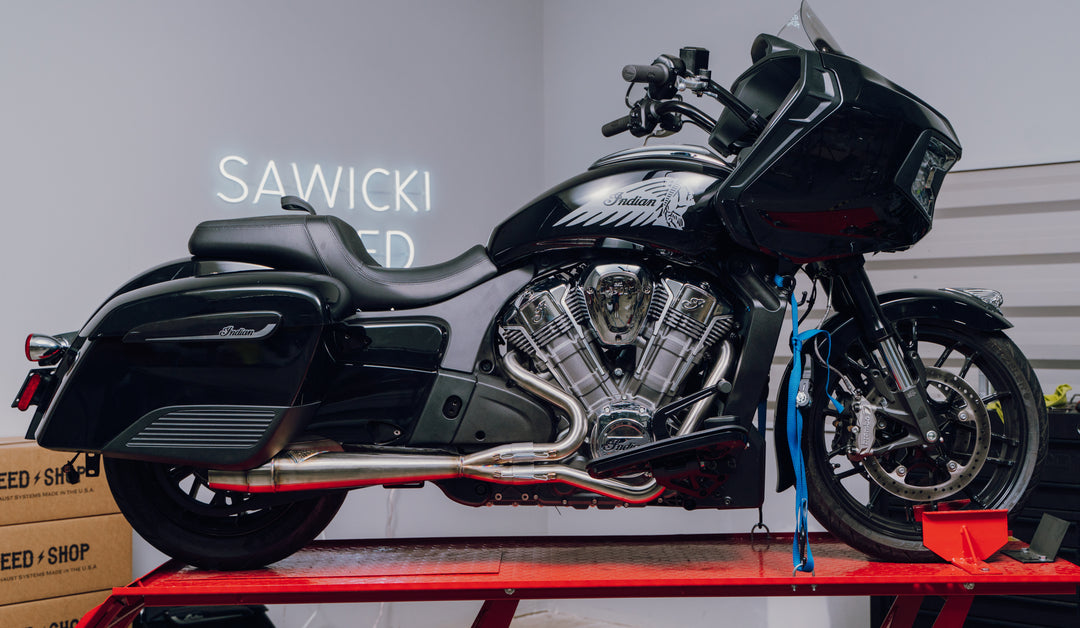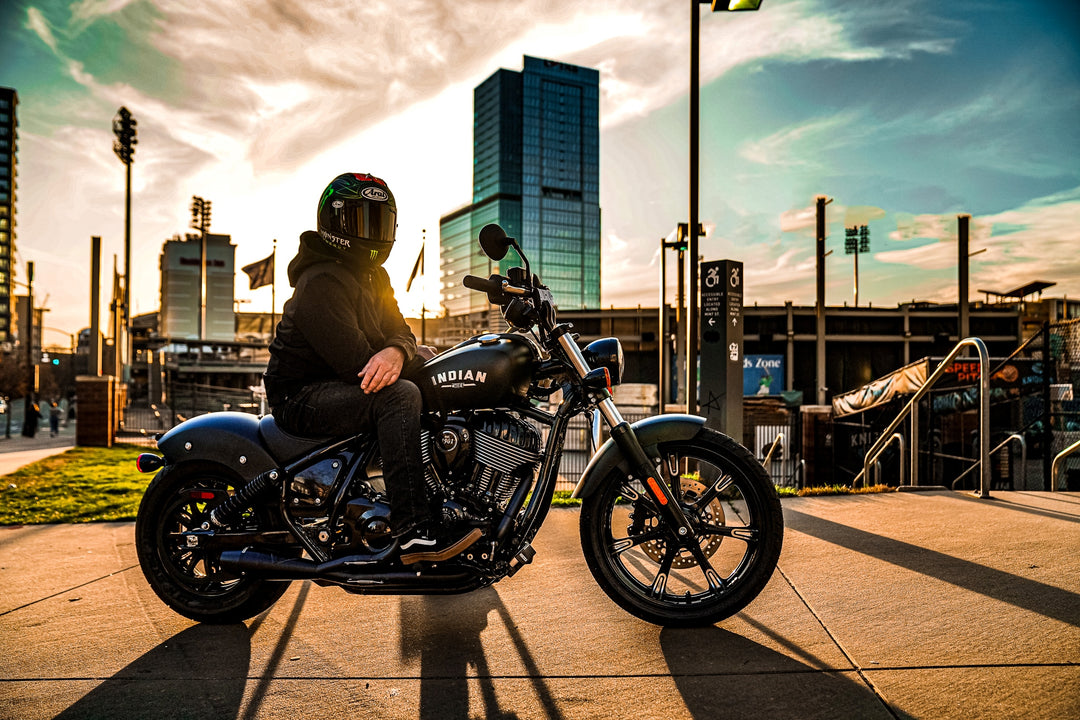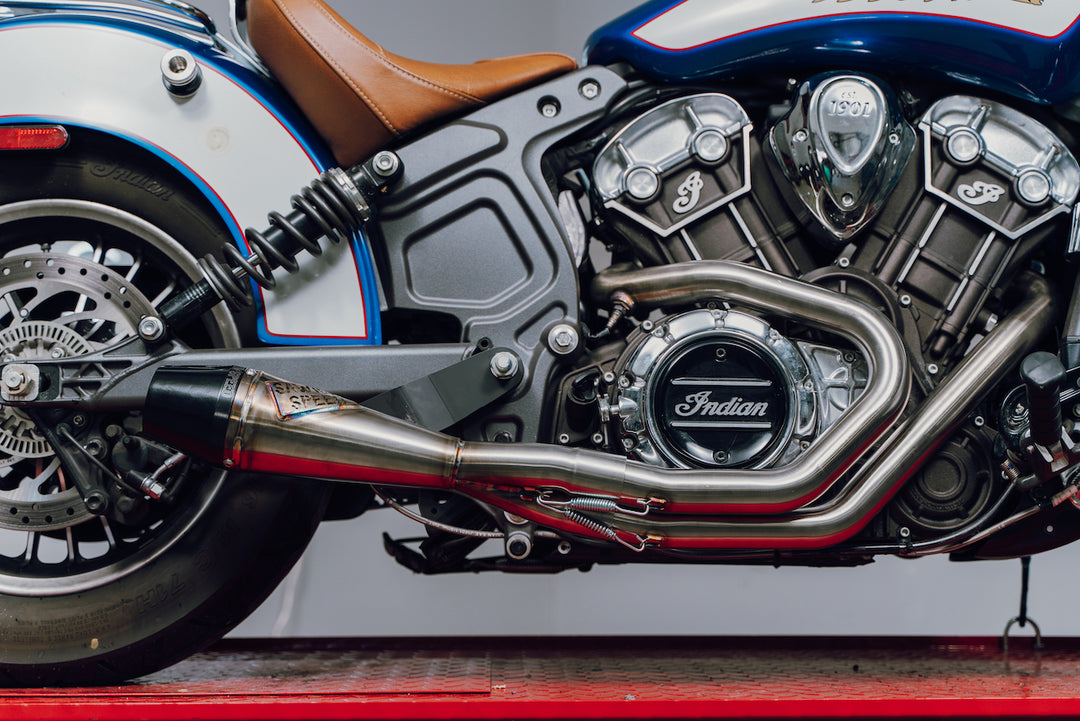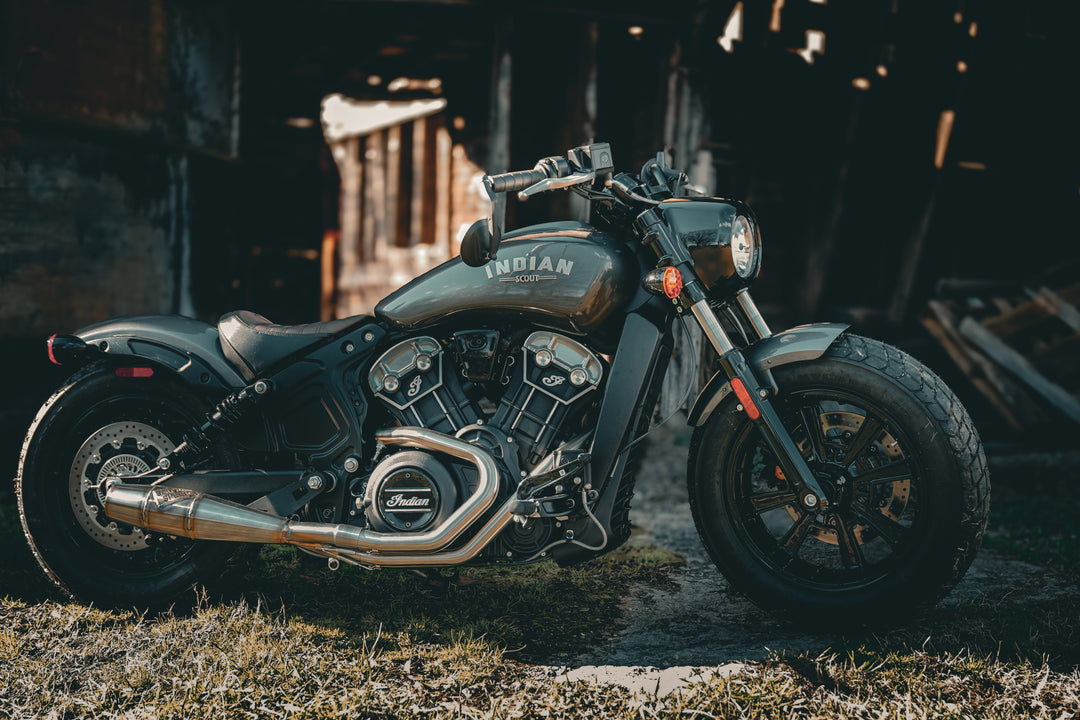Harley Mid Controls vs Forward Controls
When it comes to enhancing your motorcycle riding experience, Harley-Davidson riders often end up looking at ergonomics. Foot controls play a big part in the equation of rider comfort, so today we’re going to take a look at Mid Controls vs. Forward Controls, explore why some riders prefer one over the other, and what it takes to make the switch.
An Overview of Mid Controls and Forward Controls
Mid Controls put your feet centered on the bike, in line with the motor. This helps more equally distribute weight and can enhance handling and maneuverability. They are designed to offer a more balanced center of gravity, along the lines of a dirt bike or naked bike stance, and the added control is what a lot of riders like about this setup.
Forward Controls, on the other hand, put the rider’s feet towards the front of the motor. They are not designed for enhanced handling, but more for comfort as they allow the riders to sit in a more relaxed position with less knee bend. Riders who rack up a lot of miles often prefer this setup, and there is a range of Forward Control options out there for riders looking for a different setup.
How Motorcycles Come Stock from the Factory
Harley has a multitude of options when it comes to the area of foot controls. The wide variety of fitment options were Harley's way of trying to accommodate riders of all shapes and sizes. As an example, the diagram below shows Harley’s foot control locations on Twin Cam models. Harley tends to put the foot controls in line with the kind of riding the bike is designed for, which is why you end up seeing floorboards on most Bagger models as well as some of the Softail models, while the Dyna Wide Glide has true Forward Controls. Whereas bikes designed for more aggressive riding, like Sportsters, will have Mid Controls.
This diagram shows the many OEM foot control positions found on Harley's Twin Cam motorcycles.
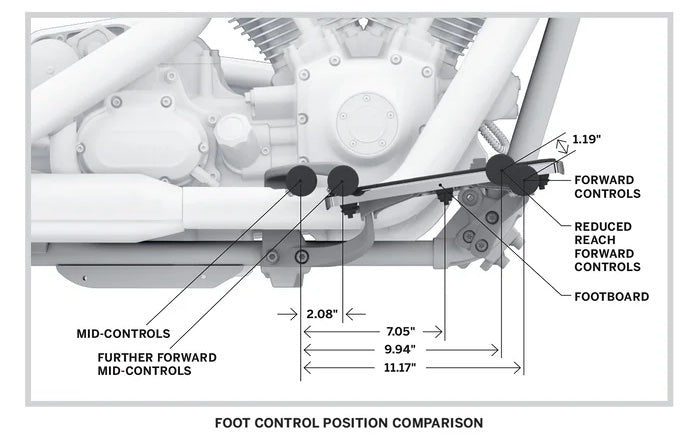
Why Some Riders Prefer Forward Controls
Some riders prefer forward controls for the ability to stretch out their legs. Mid Controls can be very compact for riders over 5’8”, and many riders of Sportster models or others that came stock with Mid Controls may end up switching to Forward Controls for that added comfort level. Aesthetics play a part as well, with some preferring the look of forward controls.
Why Some Riders Prefer Mid Controls
Mid Controls are the most adaptable for all riding styles, and they offer the most maneuverability while adding stability. Mid Controls unifies the rider’s center of gravity with the motorcycle’s center of gravity, and may feel strange at first for those who have only ridden Forward Controls. After an initial adjustment period, many riders never want to go back to Forward Controls as the Mid Controls can really improve the riding experience and make the bike feel safer.
Riders making the switch are typically Softail and Dyna riders, but Bagger Mid Controls have increased in popularity in recent years. Taller riders might find Mid Controls uncomfortable on longer trips, so they may end up switching to Forward Controls or adding highway pegs or crash bars to give their legs another position to rest in.
A Quick Word on Floorboards
We’re not going to go into detail in this article, but the Bagger model lineup comes with floorboards that on some models are adjustable with a wide variety of options. They end up more as a Forward-Mid control (see diagram above).
How to Switch to Mid Controls
There are a lot of Mid Control kits out there in the aftermarket, so the process and requirements really depend on the kit you choose. Sawicki Speed is developing a Mid Control Kit that we’ll be releasing soon, so stay tuned for updates on that!
Will Switching Controls Affect My Exhaust System?
Changing the controls from any OEM to aftermarket control setup will have exhaust implications. Most aftermarket controls are designed around the OEM exhaust, or are designed to be used in conjunction with a specific aftermarket exhaust. Likewise, most aftermarket exhausts are designed around the OEM controls. So it’s very important to thoroughly research the parts you are considering putting on your bike, to make sure they are compatible with one another. The safest route is to make sure that the controls are designed for OEM exhaust clearance, and likewise that the exhaust is designed to clear the aftermarket controls in question.
One of the other determining factors when making these changes are the brakes and reservoir systems. Many riders have a hard time making the switch because the parts involved aren’t compatible or would require modifications to the braking system. This can incur further costs and complications when it comes to installation. For this reason, many Bagger riders looking to switch to Mid Controls end up moving to a smaller profile floorboard so they can achieve the enhanced lean angle and maneuverability without creating a huge project with a full conversion.
Final Thoughts
Rider positioning in relation to the controls is a major factor in comfort level, particularly on long distance rides. But the traditional cruiser positioning of Forward Controls leaves some riders wishing for better weight distribution, control and maneuverability of their bike. Some riders attempt to make the switch from Forward Controls to Mid Controls, but this process is not as simple as ordering an aftermarket part and bolting it on. One must consider compatibility with their exhaust system as well as their braking system, making a full conversion from Forward to Mid Controls a daunting endeavor for some riders. Still, many riders who make the switch claim they’ll never go back to Forward Controls, so it may just be worth the effort.
